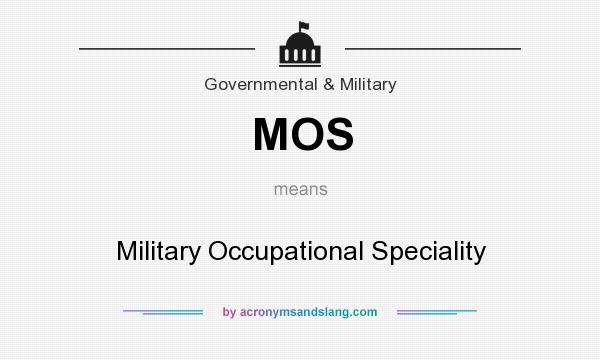
The VBA will evaluate claims for Service Connection for hearing loss in light of the circumstances of the Veteran’s service and all available evidence, including treatment records and examination results. The Duty MOS Noise Exposure Listing is not an exclusive means of establishing a Veteran’s in-service noise exposure.

If the evidence establishes that the Veteran was engaged in combat, concede exposure to hazardous noise for the purposes of establishing an event in service. The VBA will also review the Veteran’s records for evidence that the Veteran engaged in combat with the enemy in active service during a period of war, campaign, or expedition. When the duty position is shown to have a high, moderate, or low probability of hazardous noise exposure, the VBA should concede exposure to hazardous noise for the purposes of establishing an event in service. This should be included on either a VBA Form 21-4138 or VBA Form 21-20210. Do not assume the VA Rater (RVSR) knows what your job while serving was or what exposure you may have had.

In order to fully explain your DUTY ASSIGNMENT, ensure you include a clear explanation of all duties that may have been an exposure to a high noise environment whether your MOS/AFSC or NEC is included in the list or not. The Duty Military Occupational Specialty (MOS) Noise Exposure Listing, which has been reviewed and endorsed by each branch of service, is available here and is current as of March 2022.īased on the Veteran’s records, the Rater will review each of the veteran’s duty MOS, Air Force Specialty Code, or NEC, or DUTY ASSIGNMENT documented on the Duty MOS Noise Exposure Listing to determine the probability of exposure to hazardous noise.


 0 kommentar(er)
0 kommentar(er)
